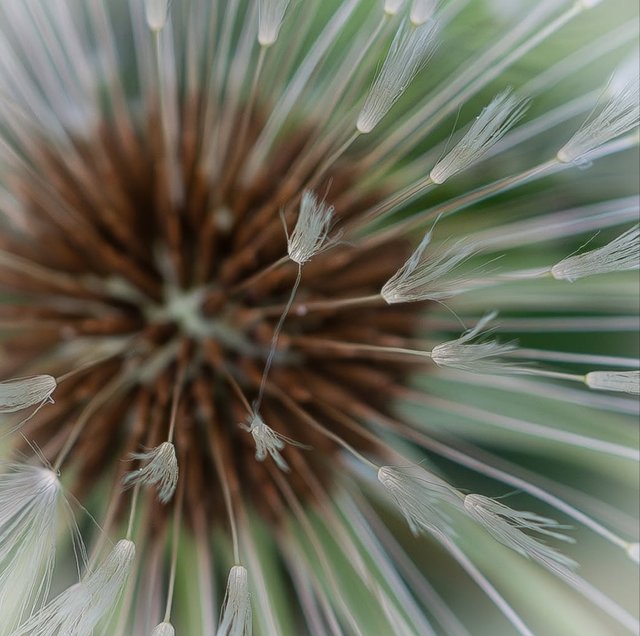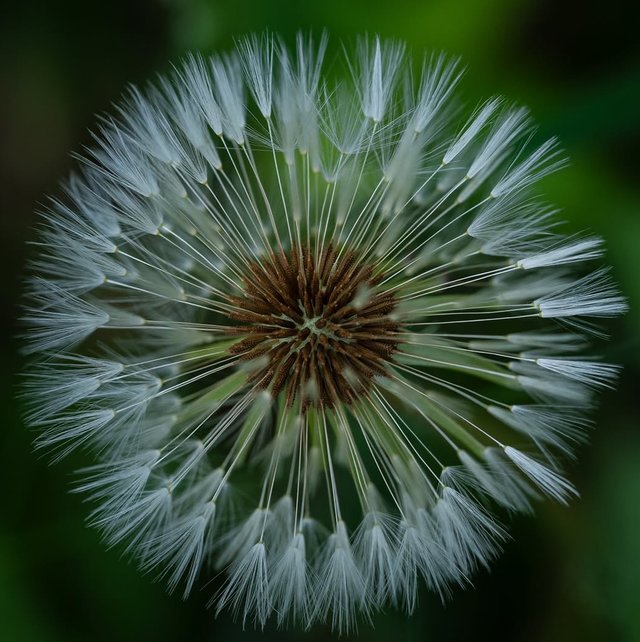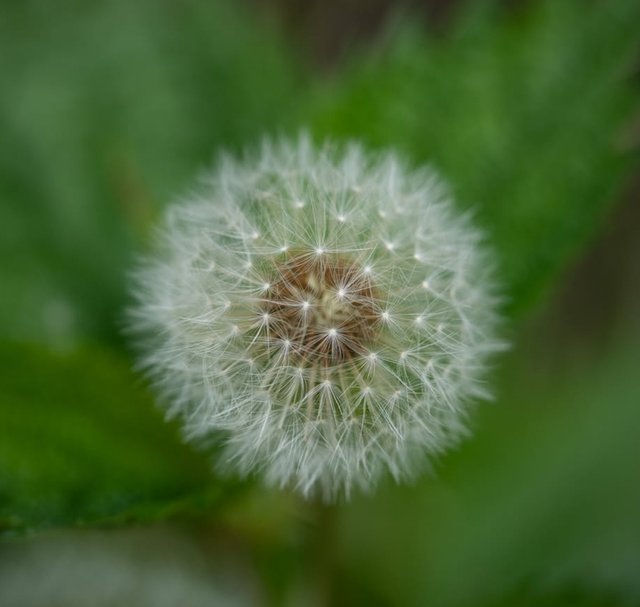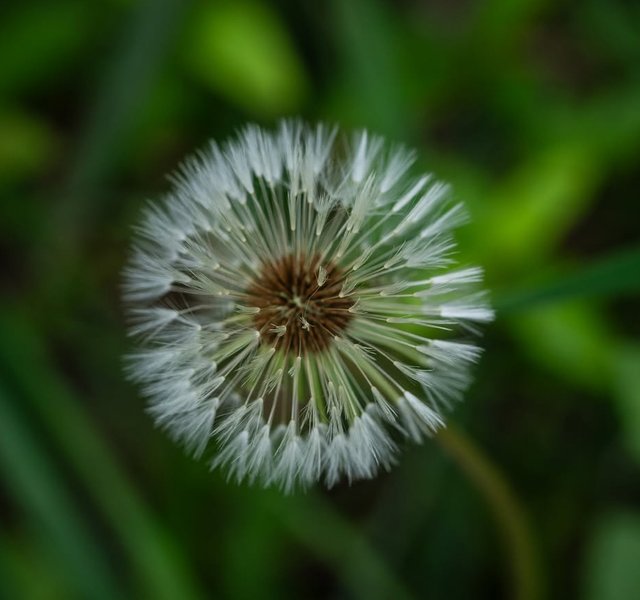Common Dandelion So Beautiful Flower
The Common Dandelion: Nature’s Resilient and Remarkable Herb
The Common Dandelion, Taraxacum officinale, is one of the most recognizable and widespread wild plants in the world. Often dismissed as a pesky weed, the dandelion is in fact a fascinating and highly beneficial plant with a rich history, ecological importance, and numerous uses in food, medicine, and even folklore.
Botanical Overview
Belonging to the Asteraceae family, the Common Dandelion is a perennial herbaceous plant native to Eurasia but now found across the globe. It is easily identified by its bright yellow composite flowers, deeply toothed leaves ,ing and its iconic puffball seed heads that disperse in the wind.
Dandelions thrive in a variety of habitats — from grassy lawns and sidewalks to meadows and mountainsides — showcasing their adaptability and resilience. Their deep taproots allow them to access nutrients others can’t reach, which helps them survive harsh conditions and often makes them difficult to eradicate.
Lifecycle and Reproduction
Dandelions reproduce both sexually, through seeds, and asexually via a process known as apomixis — meaning many dandelions can produce seeds without pollination. Each seed is attached to a tiny parachute, allowing it to travel far distances with the wind. This evolutionary advantage explains how they spread so efficiently.
The plant’s life begins in early spring, with leaves emerging in a basal rosette and a single flower stalk soon following. After pollination, the flower matures into the familiar globe of seeds, which disperse in a charming display often associated with childhood wishes.
Ecological Benefits
Despite their reputation as weeds, dandelions are ecological powerhouses. They bloom early in the season, providing one of the first food sources for pollinators like bees and butterflies. Their deep roots help aerate compacted soil and bring up nutrients from deeper layers, benefiting neighboring plants.
Thanks For Reading
Device Information
| Device | cannon eos 700D |
|---|---|
| Lens | 55-250 zoom leans |
| Location | Bangladesh |




